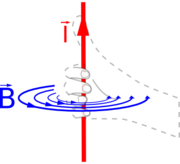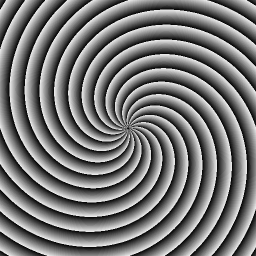No James, I understand this. Light curves in a gravitational field because there’s a gradient in vacuum impedance in the space it’s travelling through. Not because “the spacetime is curved”. Anybody who asserts the latter is confusing cause and effect.
This isn’t just something I’ve made up. Take a look at what Newton said in Opticks queries 20 and 21:
"Doth not this aethereal medium in passing out of water, glass, crystal, and other compact and dense bodies in empty spaces, grow denser and denser by degrees, and by that means refract the rays of light not in a point, but by bending them gradually in curve lines? …Is not this medium much rarer within the dense bodies of the Sun, stars, planets and comets, than in the empty celestial space between them? And in passing from them to great distances, doth it not grow denser and denser perpetually, and thereby cause the gravity of those great bodies towards one another, and of their parts towards the bodies; every body endeavouring to go from the denser parts of the medium towards the rarer?
Then there’s Einstein:
[i]“In the second place our result shows that, according to the general theory of relativity, the law of the constancy of the velocity of light in vacuo, which constitutes one of the two fundamental assumptions in the special theory of relativity and to which we have already frequently referred, cannot claim any unlimited validity. A curvature of rays of light can only take place when the velocity of propagation of light varies with position”.
“According to this theory the metrical qualities of the continuum of space-time differ in the environment of different points of space-time, and are partly conditioned by the matter existing outside of the territory under consideration. This space-time variability of the reciprocal relations of the standards of space and time, or, perhaps, the recognition of the fact that ‘empty space’ in its physical relation is neither homogeneous nor isotropic, compelling us to describe its state by ten functions (the gravitation potentials gμν), has, I think, finally disposed of the view that space is physically empty”.[/i]
Gravitational lensing is something real. It happens, we can see it. That’s no mental model. But the given explanation of “curved spacetime” is. Einstein didn’t describe it as such, see this paper for a bit of history on this.
Not me.
Shrug. Like I said, what you’re describing is electromagnetism, not gravity. Take a look at There is a space-time vortex around Earth. This is something that’s come out of Gravity Probe B. See where it says: Our planet spins, and the spin should twist the dimple, slightly, pulling it around into a 4-dimensional swirl. That swirl is the gravitomagnetic field, not the gravitational field.

